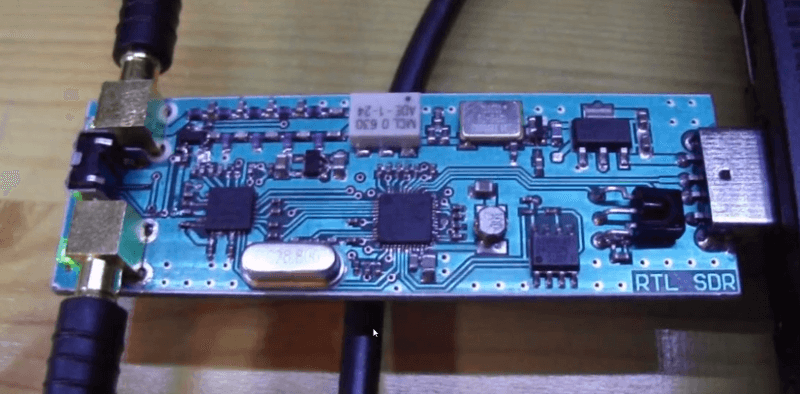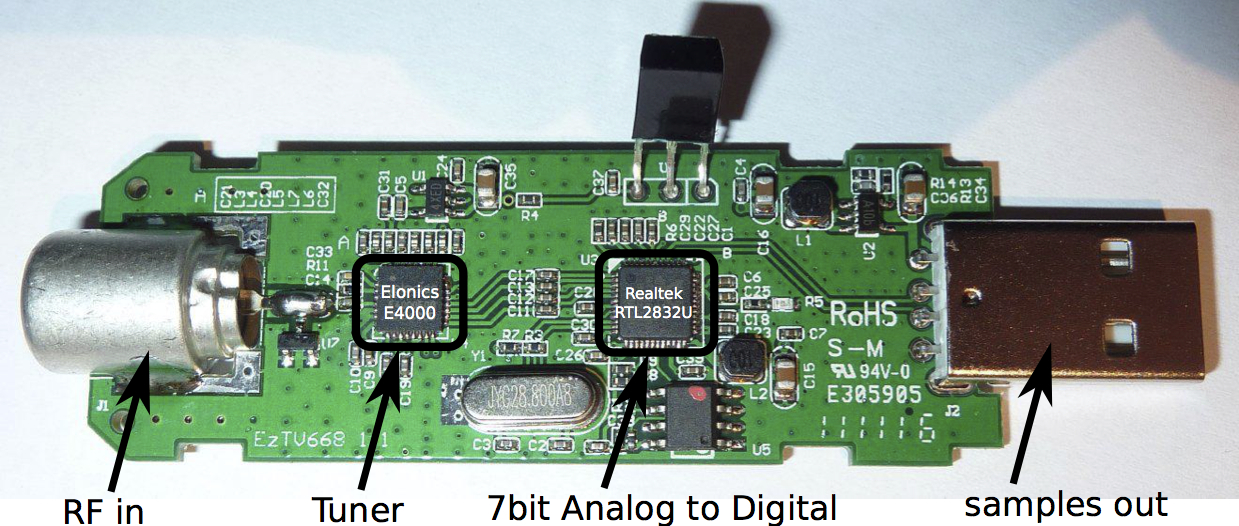RTL-SDR Tutorial: Decoding DRM Radio
Digital Radio Monodial (DRM) radio is a type of digital shortwave radio signal that is used by international shortwave radio broadcasters. It provides superior audio quality compared to AM signals by using digital audio encoding. With an upconverter, good antenna, and decoding software the RTL-SDR software defined radio can receive and decode DRM signals. This tutorial is also applicable to other software defined radios that can receive HF with or without an upconverter, such as the HackRF, Airspy, Softrock and Funcube dongle.
Examples of DRM Decoding
YouTube user Superphish shows DRM reception with his Ham-it-up upconverter, and rtl-sdr.



